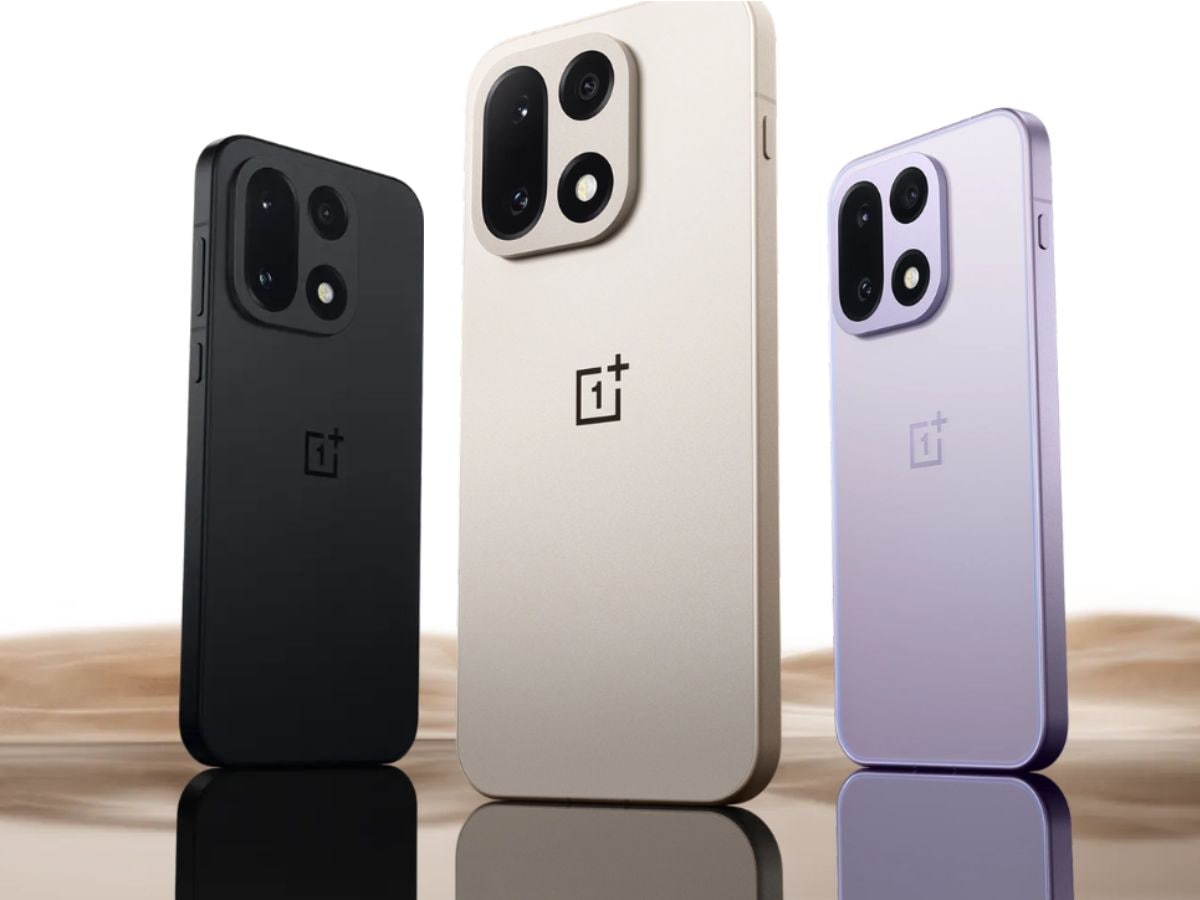Nvidia does not want to convince you that the cloud is the future. You want you to forget that you are playing in the cloud. That is the real promise behind the technical jump that just announced for GeForce Now: to offer a game experience that gives up as an RTX 5080, but Without having an RTX 5080 in front. And they raise it without nuances. According to Nvidia, the new Blackwell hardware that feeds its servers is designed to reach that bar, with the declared intention to match and even overcome, in certain scenarios, local systems.
The announcement comes as a logical continuation of the movement that Nvidia made in early 2023, when it incorporated the overpods 4080 and made the first major leap of quality to the game in the cloud. This time the bet goes further: according to the company, the new Blackwell hardware allows a 30% higher than the previous generation, with support for resolutions of up to 5K to 120 fps, 1440p at 240 fps and 1080p 360 fps. Everything is part of the same long -term plan: demonstrate that the remote game can match or overcome a physical team.
According to Nvidia, what he proposes is not only more gross power, but a rethinking of how the game is built remotely. The new superpod does not replicate a concrete card: integrates multiple elements that, combined, offer the performance that today is associated with an RTX 5080. That power is distributed between Blackwell architecture GPU, Optimized servers for ultrabaja latency and an infrastructure that seeks to prioritize consistency. The goal is that this fluidity does not depend on the player’s team, but on the muscle in the data center.
One of the most tangible improvements is what Nvidia calls “Cinematic Quality Streaming.” According to the company, this modality allows to reproduce more complex textures and conserve the detail even in dark areas or in distant elements of the stage, two points especially demanding for games streaming. Behind this improvement, Nvidia points out an update of the coding chain and video delivery, along with technologies such as Rivermax HW Packet Pacing, which better manage data sending to avoid peaks.

One of the keys to this new stage of GeForce Now is that it is not limited to the desktop PC. The performance jump also reaches devices such as Steam Deck, where the native app passes from 60 to 90 fps thanks to servers with RTX 5080. There is also compatibility with Lenovo Legion Go S. in parallel, compatible LG televisions become the first of the world to offer streaming a 4K and 120 Hz with HDR from the native app. In addition, the brand’s OLED monitors can reach resolutions of up to 5K when connecting through Windows or MacOS, without the need for additional hardware.
Nvidia has made it clear that this Geforce Now update does not revolve around the number of available titles. The catalog will continue to grow, but the focus is in quality: at the time of launch, there will be 20 games optimized specifically for this new type 5080 configuration. According to the company, new optimizations will be added every week. DLSS 4 and Reflection play a central role here: they are the tools that allow adjusting the cloud performance so that the fluidity and the response are as close as possible to a well -tuned local system.


With the arrival of Install-To-Play, GeForce Now allows you to store the installation data directly in the cloud, which enables titles that were not available for technical limitations. According to Nvidia, that has doubled the number of compatible games, with a library that already exceeds 4,500 titles. Each session offers 100 GB temporal, and users who want to maintain persistent facilities may hire additional storage: 200 GB for 2.99 euros, 500 GB for 4.99 euros or 1 TB for 7.99 euros per month.
The company has confirmed that the update will begin to be deployed in September, without exact day or detailed regional calendar for now. The company Keep the current service rates: GeForce Now Ultimate will follow 21.99 euros per month, and the Performance Plan at 10.99 euros per month; There will also be daily, monthly and annual options to the launch.

Nvidia argues that the arrival of the Blackwell architecture places GeForce Now in a stretch of performance that, in concrete scenarios, can match or overcome local equipment: the official note quotes 62 Compute Teraflops on the Ultimate servers and a 48 GB frame frame, in addition to improvements that, according to the company, multiply the performance of the previous generation. That promise, presumably, will depend on external factors: the available server and the quality of the user connection.
Images | Nvidia
In WorldOfSoftware | The most obsessively competitive gamers have found a trick to win their rivals: Give Electric Downloads











